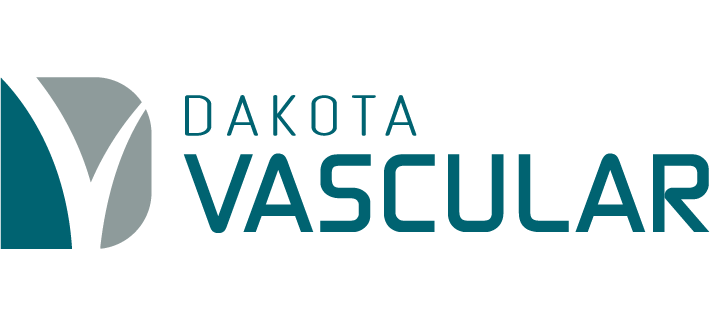Deep Vein Thrombosis
More commonly known as a blood clot, a thrombus needs to be addressed to restore proper blood flow.
More commonly known as a blood clot, a thrombus needs to be addressed to restore proper blood flow.
Deep vein thrombosis (DVT) is when a thrombus — or blood clot — forms in a vein deep inside the body. Blood clots are clumps of cells, platelets, and proteins that stick together and become semi-solid instead of remaining liquid.
Clots are helpful for healing wounds, but in the case of deep vein thrombosis, the clots happen most commonly in the legs and block blood flow and may eventually break loose. Clots that break loose can travel to the lungs where they may cause a pulmonary embolism.
Deep vein thrombosis can be caused by a variety of factors — blood pooling in the legs, past injuries, and genetics are a few of the most common.
Even though deep vein thrombosis can occur without noticeable symptoms, there are some warning signs that you should seek medical attention:
In some cases, deep vein thrombosis can be treated with a combination of exercise and compression stockings. For more severe cases, medication and possibly surgery are needed. Following a thorough exam, your doctor will determine the best treatment for your specific condition.
Common Treatments: Thrombolytic Therapy
A pulmonary embolism is a blood clot blocking an artery of the lung. Most commonly, the blood clot originates in a deep vein of the leg — a condition known as deep vein thrombosis — dislodges and then moves to an artery in the lung where it becomes stuck. As a result, the lungs experience restricted blood flow and lower levels of oxygen.
A pulmonary embolism’s warning signs cause noticeable discomfort for many patients. However, for patients already experiencing lung or heart disease, they can be difficult to isolate. Symptoms of a pulmonary embolism include:
If you believe you have a pulmonary embolism, seek immediate medical attention.
A pulmonary embolism will worsen if left untreated. Beyond emergency care, this condition can be addressed with a variety of non-invasive and surgical methods. The doctors of Dakota Vascular are able to assess and prescribe care for your specific condition.
Common Treatments: Thrombolytic Therapy
Dakota Vascular is a physician-owned clinic with the Midwest’s premier specialists for treating arterial and venous disease. We are an equal opportunity employer.
3801 S Elmwood Ave
Sioux Falls, SD 57105
